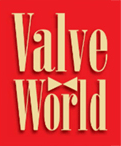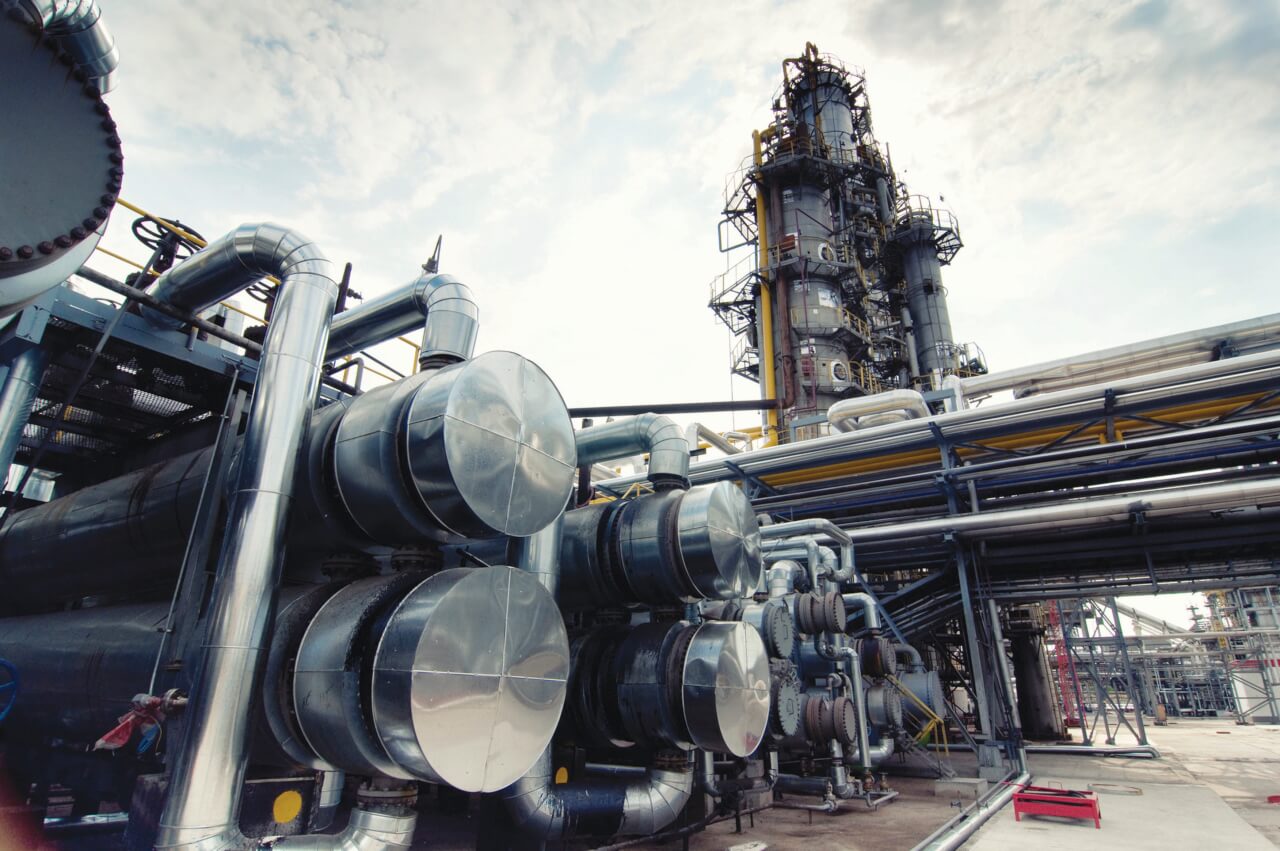With an ongoing raft of upgrades and new products, valve and actuator manufacturers are demonstrating their long-term commitment to the petroleum sector. Innovation, it seems, really can help to raise operational efficiency and reduce footprints – be they physical or environmental.
By KCI Editorial
Whatever your world view, there is no denying the fundamental role played by the oil and gas industry in shaping global society. And that influence looks set to continue. For example, in its January Oil Market Report, the International Energy Agency (IEA)1 indicated that global demand for oil will continue to grow. Following a boost in consumption in 4Q24, annual growth for 2024 is now put at 940 kb/d, with 1.05 mb/d the figure anticipated for 2025. In real terms, expectations are that global oil supply will rise by 1.8 mb/d to 104.7 mb/d in the current year.
These figures are supported by direct evidence ‘from the ground’. Just as a single example, heavyweights Saudi Aramco, SINOPEC, and FPCL recently announced a new integrated refining and petrochemical complex is to be built in Fujian Province, China.2 The facility is planned to have a 16 million tons-per-year oil refining unit (320,000 bpd), a 1.5 million tons-per-year ethylene unit, a two million tons paraxylene and downstream derivatives capacity, and a 300,000 tons crude oil terminal. FPCL, a 50:50 joint venture between SINOPEC and Fujian Petrochemical Industrial Group Company, will own a 50% stake in the complex, with Aramco and SINOPEC each taking a 25% stake. The project is expected to be fully operational by the end of 2030.
Across the Pacific, it seems likely that the US will continue to break records for oil and natural gas production and exports. Tellingly, on January 20th, President Trump issued an executive order3 with the title of ‘Unleashing Alaska’s extraordinary resource potential’ whilst in early February Doug Burgum (DOI Secretary) signed a first round of Secretary’s Orders designed to ‘unleash American energy’.4 Of course, it remains to be seen if, how and when oil and gas executives can respond to these initiatives but there could well be interesting times ahead for the flow control community.
Well efficiency
Whatever the chatter, OEMs seem determined to continue innovating in order to deliver superior assets to the oil and gas sector. Norwegian company InflowControl for example, are deploying their subsurface, operational and research experience to improve yields from wells. For example, their autonomous inflow control valve (AICV®) can autonomously manage the restriction of unwanted water or gas. According to the company, gas wells face challenges with unwanted water whether they are vertical, slanted, or horizontal well completions. Water breakthrough reduces the gas production, both rate and recovery, often causing wells to be shut in prematurely.
Understanding how to manage unwanted water production from the reservoir is critical to maximise gas production, minimise downtime, and improve profitability. Gas AICV enables efficient gas production as the valves remain ‘open’ for gas and condensate yet the Gas AICVs autonomously manage to restrict water from reservoir sections where water breakthrough occurs.
Efficient pigging
Moving to the other end of the oil and gas arena, several manufacturers have recently launched (pardon the pun) pig ball valve technology to benefit pipeline cleaning and calibration. This technology was also highlighted by Batu Valve Türkiye during the recent Valve World Conference in Dusseldorf. As the company explained, the adoption of pig ball valve technology in the oil and gas industry offers a more efficient, safe, and environmentally friendly alternative to traditional pigging systems. They continued by saying that pig ball valve systems consolidate the functions of traditional pigging systems into a compact unit that enhances operational efficiency.
Whilst traditional pigging systems rely on barrel-style launchers and receivers, the pig ball valve can be integrated into the actual pipeline. This reduces the physical footprint and simplifies pipeline system architecture. Closing the ball valve aligns the bore with an exterior hatch. After depressurising and opening, the hatch enables pigs to be inserted into the valve. The operating sequence is then reversed to restore the integrity of the pipeline and launch the pig.
The ease of use and reduced infrastructural demands of pig ball valves are said to make them ideal for challenging environments like offshore platforms or urban settings, where space constraints and environmental issues can be significant concerns.
APLNG: 137,000 parts, 99% reliability
 The value of maintenance
The value of maintenance
Purchasing innovative systems and components such as valves and actuators is one thing; making sure all equipment operates as anticipated over the long term takes constant vigilance.
The importance of maintenance is amply displayed in a recent ConocoPhillips online story presented by Rhiannon Meredith.6 The story focusses on how the Australia Pacific LNG export facility (APLNG) consistently achieves over 99% reliability, thanks to a robust, 52-week maintenance schedule.
And as might be expected, APLNG is no small installation, with an asset register of around 137,000 maintainable components. The list includes 2 LNG storage tanks, 5 LNG loading arms, 12 gas turbines, 8,500 electrical junction boxes and – the largest single contributor – 50,000 valves!
With the latest technology available to monitor and control variables such as pipeline flow rates, system pressures, temperatures and product quality, operators also receive real-time updates of any components that require inspection. Prioritized lists can then be issued helping to ensure maintenance technicians conduct checks and undertake corrective measures logically and efficiently.
In combination with scheduled activities, this robust approach to maintenance helps ensure the plant hits 99% reliability.
Investigating gate valve stem failure modes
Elsewhere, work of a more scientific nature is also underway. Researchers in Brazil, for example, have just published an article in ScienceDirect that provides an assessment of failure modes of a rising stem type gate valve according to ASME BPVC Section-VIII, Division-2 criteria.5
In the preamble, the team indicate that despite the abundance of studies on diagnosing recurring failures in subsea valve applications, there is a noticeable absence of stress analysis in gate valves following current standards. Hence, their article aims to assess a GGG-40 nodular cast iron rising stem gate valve, class 150 lb, which is commonly utilised in exploration, production, refining, and transportation facilities for petroleum products. The main contributions of the study are the introduction of specific stress analysis models tailored for the evaluation of a rising stem-type gate valve, considering plastic collapse and local failure, and the assessment of failure modes based on the criteria outlined in the ASME BPVC Section-VIII, Division-2 code, even though this code does not explicitly mention valves in its scope for stress analysis.
Case history: segmented ball valve
Referring back again to the Valve World 2024 Conference, a presentation by Bray showed how the company was ‘pushing the limits of segmented ball valves into severe energy transition applications’. Setting the scene, the speaker indicated that the segmented ball valve is a versatile control valve with certain unique features like high rangeability, low emissions and the capability to handle viscous media. He also stated that three-in-one valve performance is available, as the segmented control valve can combine the preferred characteristics of a knife gate valve, a globe valve, and a ball valve to provide versatility and performance in a single package. The author went on to indicate that properly designed and selected segmented ball valves are effective solutions in applications such as coal seam gas, natural case, refinery slurry, alumina mining, etc. Indeed, a referenced case study available on the Bray website shows that switching to a S19L segmented ball valve has helped a major US refinery solve existing flow control issues in a fluid catalytic cracking unit. The considerably extended lifetime of the new valve saves the refinery the significant direct and indirect costs associated with frequently changing out the former valve solution.
Inconel 625 overlays
Meanwhile, there are plenty of reports that prove how keen manufacturers are to take on and fully meet emerging flow control challenges. Recently, for example, AMPO POYAM Valves were engaged to produce highly-engineered ball and globe valves for the Zuluf tie-in platform upgrade in Saudi Arabia. According to the company, the valve specifications call for Inconel 625 weld overlays to ensure exceptional durability and reliability in extreme operational conditions.
Cladding operations will therefore be completely performed in-house with a high level of automation. The overlays will provide anticorrosive qualities and wear resistance, anti-coking, metal dusting resistance, etc. to the sealing and contact areas of the valves. Moreover, AMPO will be keeping a close eye on the schedule as the valves have to be ready for installation during a plant shutdown.
Scotch-yoke actuation
And finally, LinkedIn was the platform chosen by KSB MIL to reveal another company milestone: the launch of a high torque scotch yoke actuator.
The company indicates this marks a significant leap forward in its mission to provide high-performance valve automation solutions for critical applications. Hence the actuator has been designed in compliance with API 6DX and validated as per BS EN 15714 for superior durability whilst the high torque output will enable seamless operation of quarter-turn valves such as ball, butterfly etc. Built for on/off and control applications, the latest actuator is SIL3 Certified, with options for fugitive emission detection and fire protection options. It also meets both IP 66 and 67 requirements.
Dive Deeper into Valve World
Enjoyed this featured article from our March 2025 magazine? There’s much more to discover! Subscribe to Valve World Magazine and gain access to:
- Advanced industry insights
- Expert analysis and case studies
- Exclusive interviews with valve innovators
Available in print and digital formats.
Breaking news: Digital subscriptions now FREE!
Join our thriving community of valve professionals. Have a story to share? Your expertise could be featured next – online and in print.
“Every week we share a new Featured Story with our Valve World community. Join us and let’s share your Featured Story on Valve World online and in print.”




